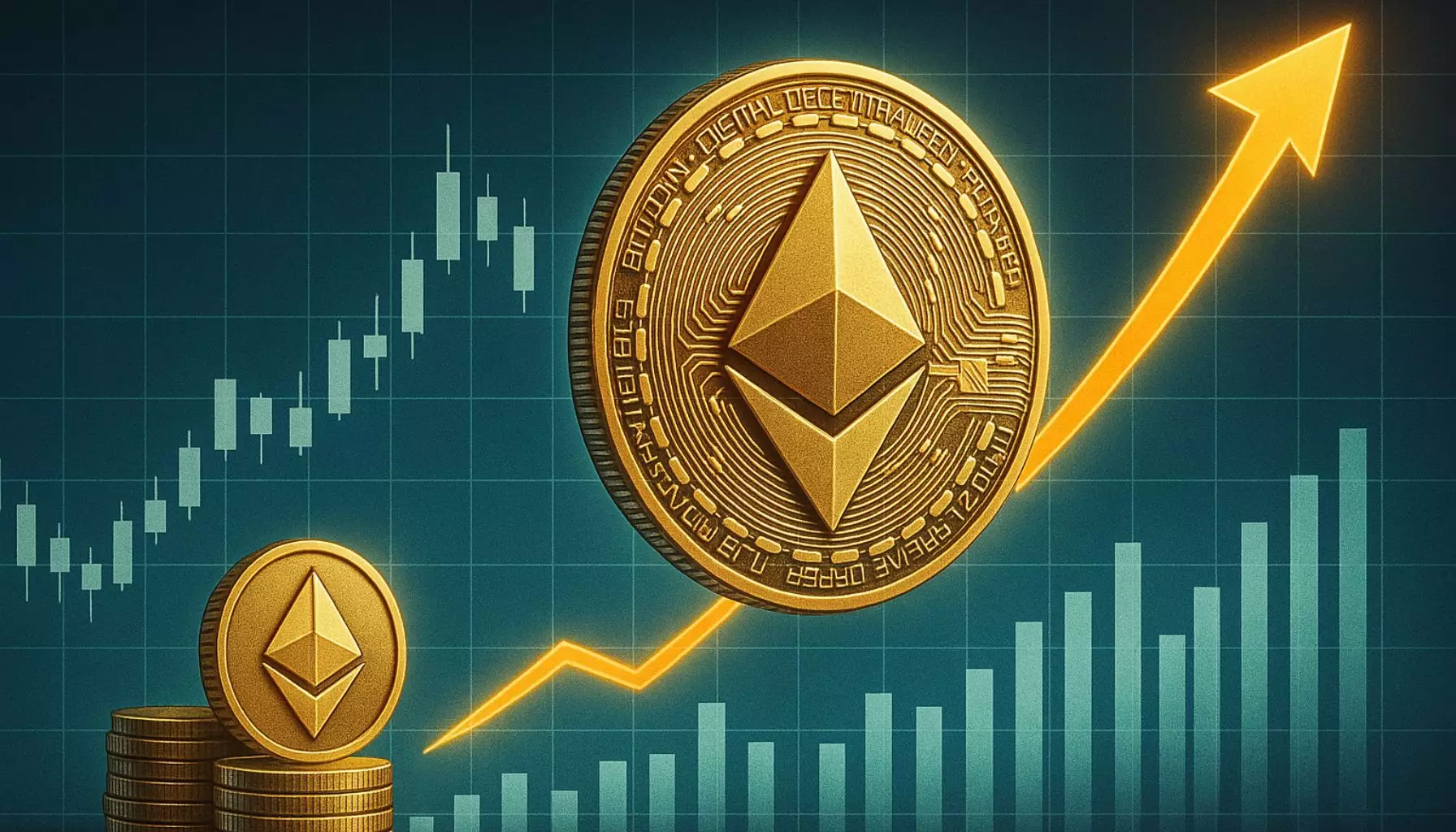Ethereum’s recent price action above the $2,400 threshold is a testament to resilience amid market volatility, yet it is far from a clean narrative of bullish dominance. While the cryptocurrency managed to steer clear of a steep sell-off, the trading environment remains tenuous, caught in a fraught tug-of-war between optimistic longs and jittery sellers. The repeated failure to decisively move past the $2,500 level underscores this fragility. Instead of a robust breakout, what we’re witnessing is more a cautious balancing act – a consolidation that some might mistake for strength but is better viewed as market uncertainty on full display.
The technical perspective reveals a precarious setup: ETH’s price hovers just below the 50-period Simple Moving Average (SMA) at roughly $2,507, and while it comfortably trades above the 200 SMA (around $2,170), this convergence signals that Ethereum is at a crossroads. Taken at face value, hovering near these moving averages could imply a pivotal moment, but the low volume contributing to this lethargic price action suggests hesitation rather than conviction. Traders should note that without a significant influx of buying power, these key support levels are vulnerable to breach, potentially triggering a sharper correction back toward $2,200 or below.
A Closer Look at Long-Term Hodler Accumulation
One of the more optimistic narratives comes from the data reported by CryptoQuant, indicating strong accumulation among Ethereum’s long-term holders during recent consolidation phases. This behavior, on the surface, is encouraging. It suggests foundational belief in Ethereum’s long-term prospects despite short-term volatility. However, this accumulation could also be misinterpreted as a mere defensive maneuver by patient investors waiting out turbulent conditions rather than enthusiastic momentum-building.
The divergence between stagnant price movements and increasing accumulation can lead to false signals. Investors might prematurely anticipate a surge, but if broader market forces and macroeconomic factors remain unfriendly, this “quiet buildup” risks being a lengthy dead zone rather than a springboard. The bullish case built on hodler activity must thus be tempered with the understanding that accumulation alone cannot overcome negative externalities indefinitely.
Macroeconomic Headwinds and Market Sentiment
Ethereum’s price is not insulated from global financial turbulence. Interest rate uncertainties, geopolitical instability, and liquidity fluctuations in traditional markets bleed into crypto, often amplifying price swings. Even if Ethereum’s fundamental technology and network health remain robust, traders cannot ignore how these external shocks curb appetite for risk assets, including altcoins.
The hesitance seen in ETH’s price attempts to break higher is a reflection of this larger malaise. The muddled sentiment hampers the formation of clear directional trends. In practical terms, potential buyers demand a higher reward threshold before stepping in aggressively, while sellers capitalize on every opportunity. Until fiscal and monetary conditions stabilize, Ethereum’s path forward will likely mirror this measured, sideways drift punctuated by episodes of sharp but unsustainable spikes.
Technical Analysis: A Market on the Edge
By dissecting Ethereum’s technical chart, the ongoing range-bound pattern between $2,200 and $2,800 showcases an inability for either bulls or bears to establish supremacy. This stalemate creates dangerous ambiguity. The sellers’ rejection near the 100-period SMA (approximately $2,537) highlights persistent overhead resistance, while the sustained price level above the 200 SMA indicates a hesitant but existent base of support.
Yet, the thin trading volumes do not provide a solid foundation for confidence. Technical breakouts accompanied by volume spikes usually confirm genuine market moves—without such confirmation, any up-move risks failure. Similarly, breakdowns below crucial support could cascade swiftly as stop-loss orders trigger en masse.
Therefore, Ethereum’s current technical setup should caution investors rather than embolden them. The coin’s trajectory depends heavily on its ability to convincingly break and hold above $2,500. Failure to do so will not just stall potential gains but might catalyze a deeper downturn across the altcoin market.
Ethereum’s Role in the Altcoin Ecosystem: A Double-Edged Sword
Ethereum doesn’t trade in isolation; it is the linchpin of the altcoin universe. Its price dynamics influence, and are influenced by, hundreds of decentralized finance tokens and non-fungible assets. Therefore, its precarious position resonates beyond its own price quotes.
The prolonged consolidation and lack of decisive upward thrust have contributed to delays in the much-anticipated ‘altseason’. This period, historically characterized by lucrative rallies in alternative cryptocurrencies, depends heavily on Ethereum’s ability to regain momentum and shatter resistance levels. If ETH stagnates or declines, the ripple effect could suppress an entire segment of the crypto market.
Furthermore, the narrative of exponential growth and mass adoption has softened over recent months. Hype alone no longer moves markets with the same force; investors are demanding more stringent proof of utility and sustained user engagement. Ethereum’s current limbo stage forces a reckoning—whether it can provide lasting value drivers beyond speculative interest to justify a surge in valuation.
—
It’s clear that Ethereum’s current situation is complex and fraught with uncertainties that deserve a skeptical eye. While there is potential for an impressive breakout, this is far from assured. Market participants betting exclusively on a bullish scenario risk mistaking inactivity for strength and accumulation for confidence. True market leadership requires compelling momentum, not just silent accumulation and technical flirtations. Until Ethereum decisively moves beyond critical thresholds with robust trading volume and broader market clarity, prudence should dominate optimism when evaluating its near-term prospects.


Leave a Reply